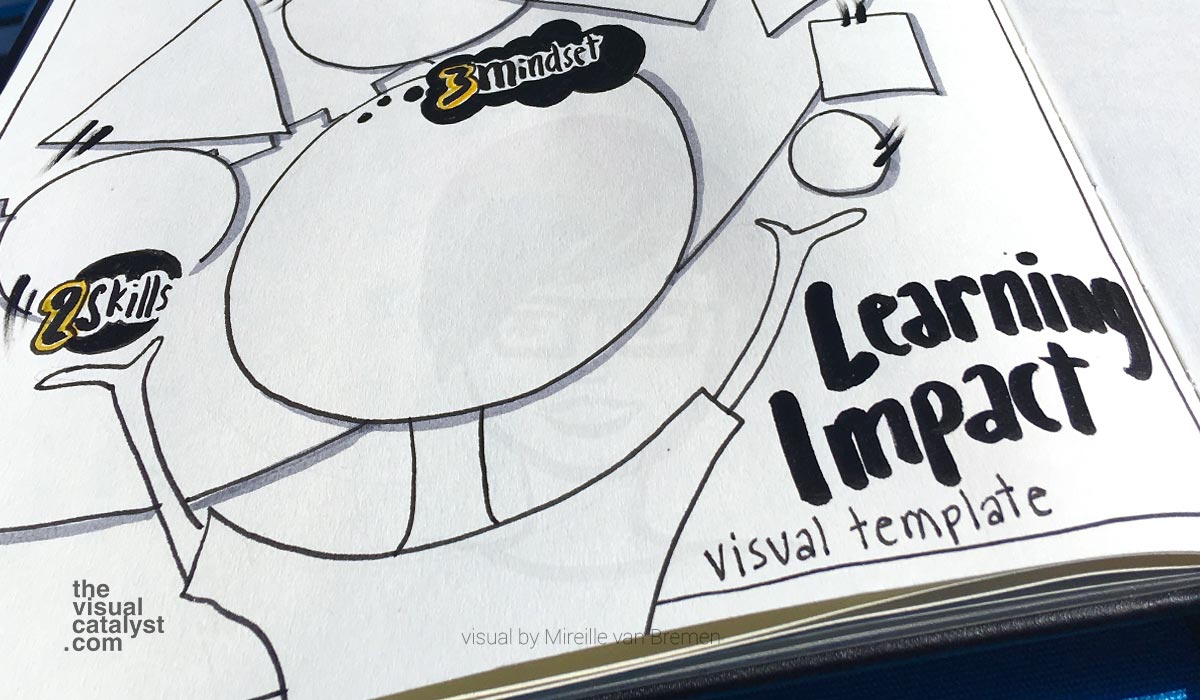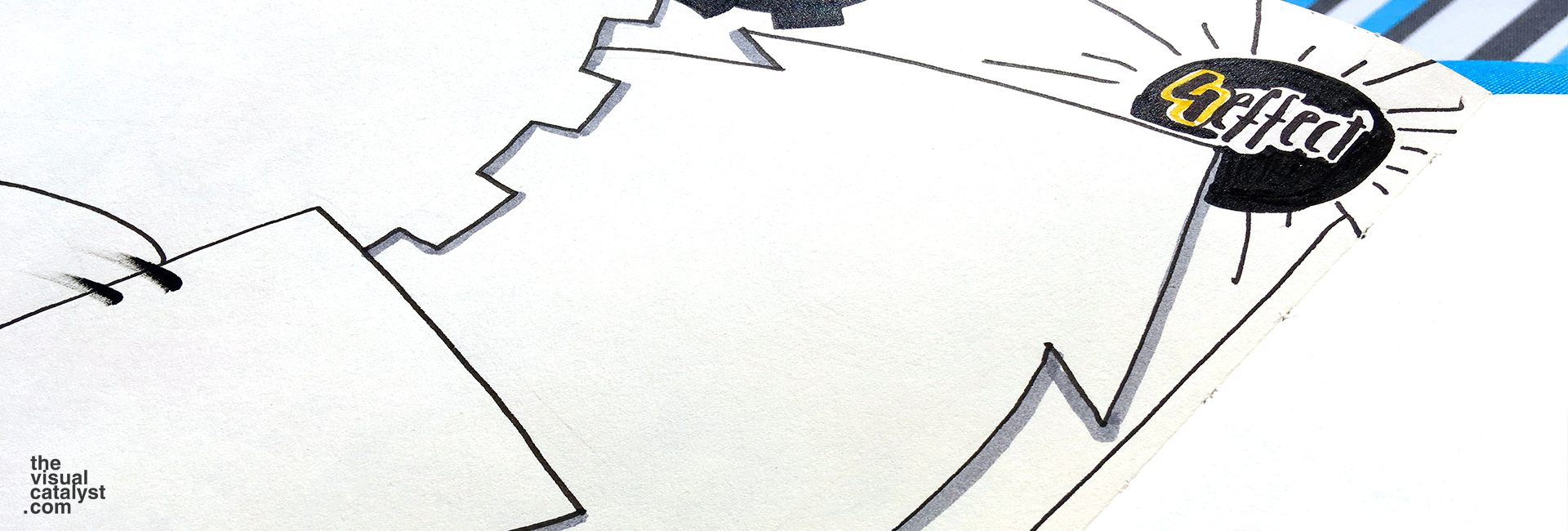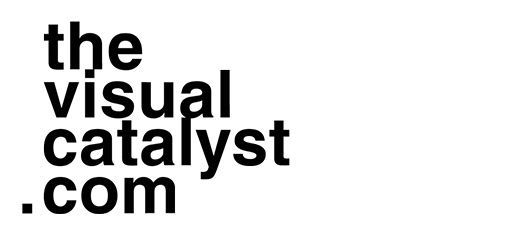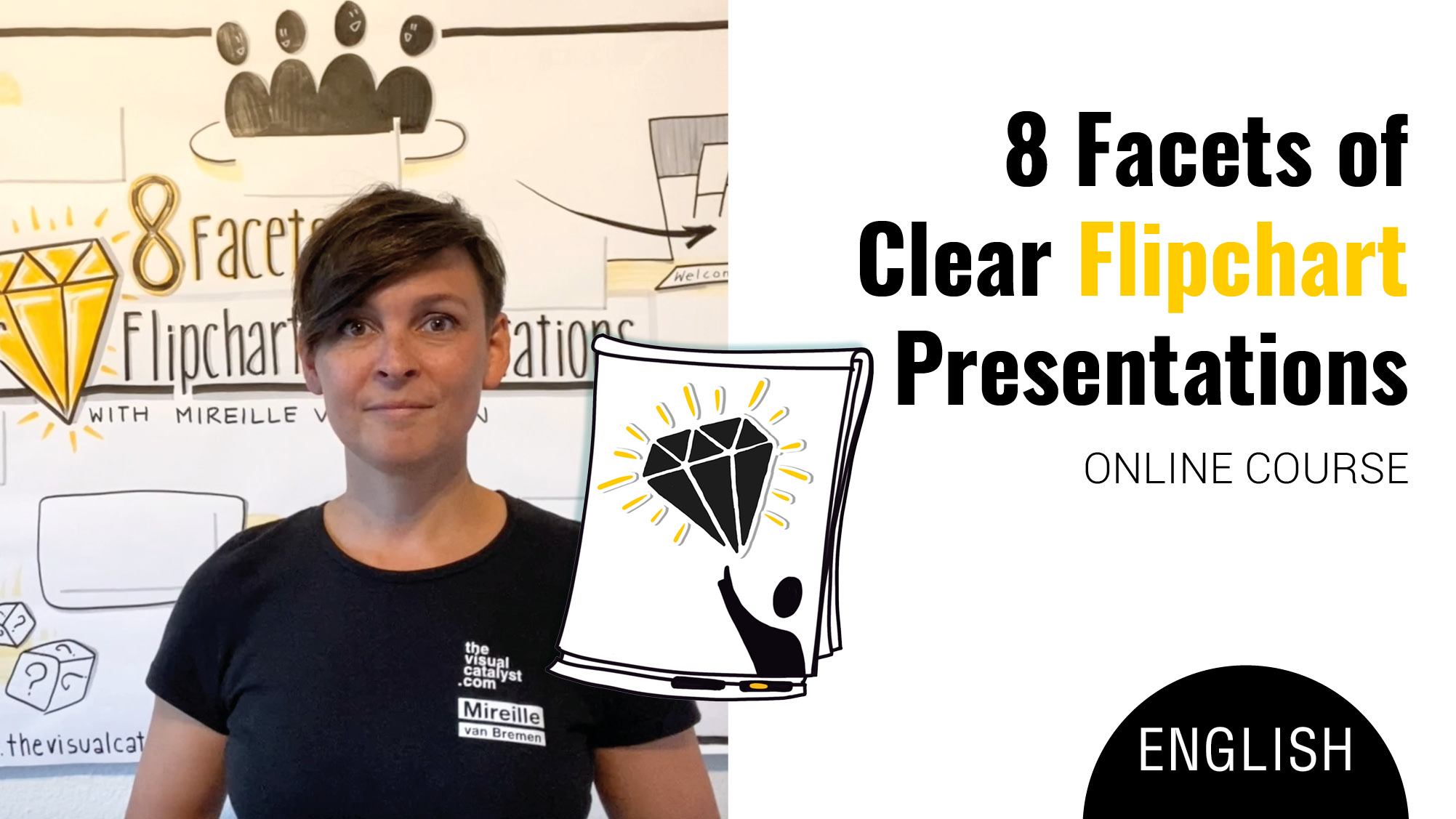
Are you curious to find out what the impact, the effect or result is once people participated in your program?
I guess so. Or actually, I hope so. I love receiving messages from my participants and clients about the shift they made because of the work we did together. It is after all the reason why we both choose to invest our resources. It is also important to me to find out what I can do differently, perhaps with the same energy, to obtain a more valuable outcome.
But how do you find out? How do you measure or make the impact visible?
One of the ways I do this is by using visual templates. If you are not yet so familiar with this term, it’s ‘a sheet of paper, used repetitively, with powerful questions, designed in such way that they facilitate the user through an inquiry or process.’ Possibly even without the presence or interference of
the facilitator.
Visual templates are used for different purposes and in various situations. Because they can be used repetitively, they have the power to simplify your workflow. Let’s have a look which reason(s) applies on your workflow and is useful for you to consider using a visual template for.

The 7 good reasons to use visual templates
REASON 1 – Processess you repeat often, slow down your workflow because they aren’t standardized
REASON 2 – You lose time at the start of your session because of refreshing memories and getting people to focus on the topic
REASON 3 – You can’t be present by yourself
REASON 4 – You always provide a page with questions listed from the top down
REASON 5 – Your programs aren’t as interactive as you wish
REASON 6 – There aren’t enough facilitators to guide different groups
REASON 7 – There is a lack of time to guide different processes subsequently
Spoiling your resources has a cost for you?
Are any of these reasons present for you?
Did it occur to you that by using visual templates you open up new possibilities in your facilitation style and methods?
Did it also occur to you there is a cost to NOT using them?
Take your most present reason and inquire a little on the time, energy, loss of other possibilities, perhaps even money or time to help other people or simply take more time for yourself or your family.
MAIN INSIGHTS >> Using visaul templates makes sense when …
- 1 > Processes you repeat often, slow down your workflow because they aren’t standardized
- 2 > You lose time at the start of your session because of refreshing memories and getting people to focus on the topic
- 3 > You can’t be present by yourself
- 4 > You always provide a page with questions listed from the top down
- 5 > Your programs aren’t as interactive as you wish
- 6 > There aren’t enough facilitators to guide different groups
- 7 > There is a lack of time to guide different processes subsequently
What are the reasons you might choose to start using visual templates?
Please share your reflection with me in the comments.
Do you want learn how to visually attune yourself to your audience and be more effective with your training programs?
Learn about the 8 facets that help you visually attune your communication & facilitation to the audience in your training!

My name is MIREILLE VAN BREMEN
Visual Empathy Trainer and Coach ◉ Conflict Coach & Mediator ◉ Graphic Recorder, Illustrator, Designer
I help organizations and trainers to be visually attuned to their audience and offer visual expressions of understanding, with the intention to create connection.
Organizations hire me to visually empower their communication strategies.
Trainers and coaches join my visual empathy courses to increase the relevance and efficacy of their Empathic or Nonviolent Communication training programs.

